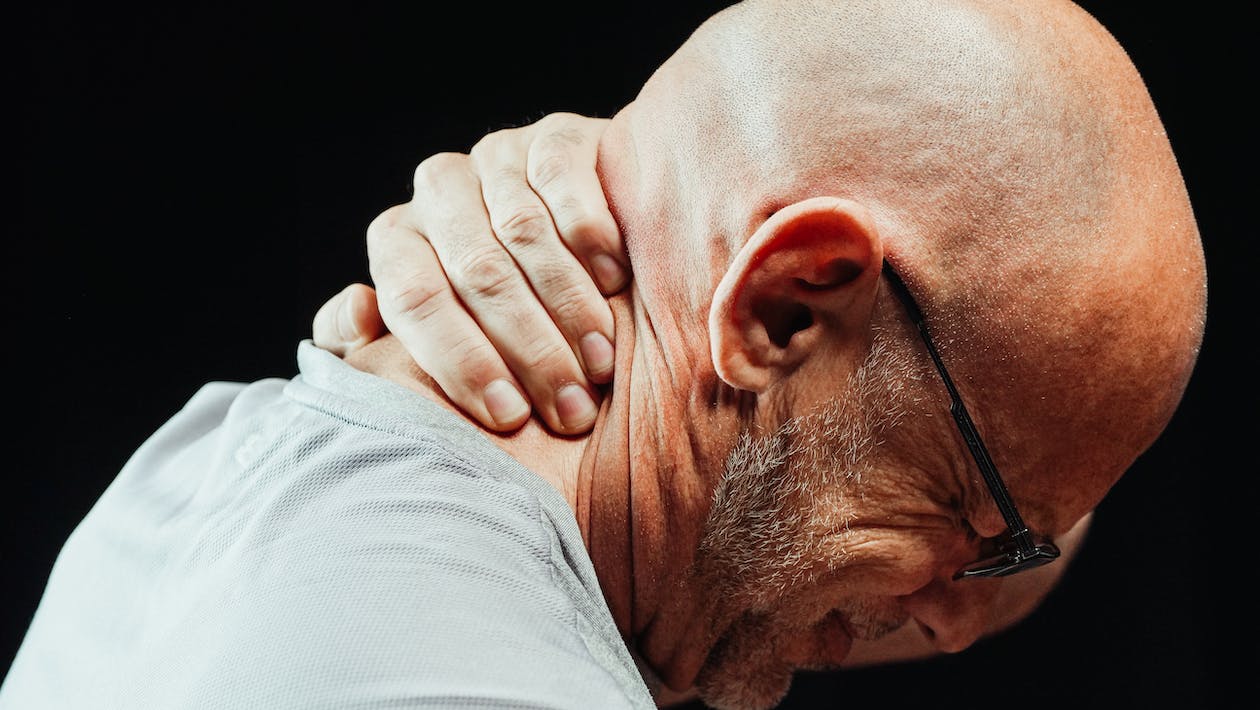Joint pain from arthritis is a common disorder. It may result in pain and inflammation, making it challenging to move or continue being active. Arthritis comes in a variety of forms. Each kind has unique symptoms and may call for different treatments. Even though arthritis primarily affects elderly individuals, it may also affect children, adults, and both genders.
What is arthritis?
Your joints, which are the places where your bones meet and move, are afflicted by arthritis. Arthritis commonly causes inflammation or joint degeneration (breakdown). When you use the joint, these modifications may hurt.
The following are the areas of arthritis that occur most frequently:
- Feet
- Hands
- Hips
- Knees
- Lower back
Parts of a joint
Joint soft tissues support and cushion your bones, preventing them from rubbing against one another. Articular cartilage, a kind of connective tissue, is an important component. With its aid, your joints may move freely and without resistance.
A synovial membrane, a cushioned fluid pocket that lubricates the joints, is present in some joints. Tendons and ligaments provide support for several joints, including your knees. While ligaments link bones to other bones, tendons link muscles to your bones.
Different types of arthritis
Over 100 different joint illnesses are included under the general term “arthritis.” The most prevalent forms of arthritis consist of:
- Osteoarthritis, also known as “wear and tear” arthritis, occurs when repeated stress causes joint cartilage to deteriorate. The most typical type of arthritis is this one.
- Spinal arthritis, also known as ankylosing spondylitis, typically affects the lower back.
- Juvenile arthritis (JA) is a condition when the immune system attacks the tissue surrounding joints. In most cases, JA affects children aged 16 or younger.
- Gout is a condition that results in the formation of uric acid crystals in your joints.
- Psoriasis, an inflammatory illness that causes skin irritation, can lead to psoriatic arthritis, a kind of joint inflammation.
- Rheumatoid arthritis, where your immune system attacks the synovial membranes in your joints.
Causes
The causes of various forms of arthritis vary. For instance, having too much uric acid in your body can cause gout. However, the precise cause of various kinds of arthritis is not known. It is possible to get arthritis if you:
- Have a history of arthritis in your family
- Have a career or sport that subjects your joints to repetitive stress
- Have specific viral infections or autoimmune disorders
Risk factors
Some factors make you more likely to develop arthritis, including:
- Age – Risk rises as you get older
- Genetics – A history of arthritis in the family
- Gender – Women are more likely to develop certain types
- Obesity – Weight gain in obesity strains joints
- Joint injuries – Risk can be increased by prior injuries
- Infections – A few infections have been known to cause arthritis
- Smoking – Rheumatoid arthritis risk is increased
- Occupation – Joint stress is a factor in some occupations.
- Autoimmune Conditions – brought caused by autoimmune conditions
- Hormones – Changes in hormone levels can affect risk
Treatment
The goals of arthritis treatment are to lessen symptoms and improve joint function. Before figuring out which treatment or combination of treatments is best for you, you might need to try a few different ones.
Medications
Different medications are used to treat different types of arthritis. Typical treatments for arthritis include:
- NSAIDs. NSAIDs, or nonsteroidal anti-inflammatory medicines, can reduce inflammation and relieve pain. Two examples are ibuprofen (Advil, Motrin IB, and other brands) and naproxen sodium (Aleve). More potent NSAIDs may irritate your stomach and raise your risk of heart attack or stroke. NSAIDs can also be used topically on joints as lotions or gels.
- Counterirritants. Capsaicin, or menthol, which is what gives hot peppers their spiciness, is found in several lotions and ointments. Applying these preparations to the skin above the painful joint may prevent the transmission of pain signals from the painful joint itself.
- Steroids. Prednisone and other corticosteroid drugs lessen pain and inflammation while also slowing joint deterioration. You can give corticosteroids orally or by injecting them directly into the aching joint. Possible adverse effects include bone thinning, diabetes, and weight gain.
- DMARDs, or disease-modifying antirheumatic medications. These drugs can halt the progression of rheumatoid arthritis and avert irreversible harm from occurring to the joints and other tissues. In addition to conventional DMARDs, there are targeted synthetic DMARDs and biological agents. The majority of DMARDs raise your risk of infections, however, side effects can vary.
Therapy
Some kinds of arthritis can benefit from physical therapy. Exercise can strengthen the muscles around joints and increase the range of motion. Splints or braces could be necessary in specific circumstances.
Surgery
If non-surgical options are unsuccessful, doctors may recommend surgery, such as:
- Repair of joints. Occasionally, joint surfaces can be straightened or smoothed to reduce discomfort and improve function. The majority of the time, these treatments may be performed arthroscopically by a few negligible incisions made over the joint.
- Replaces a joint. The damaged joint is removed during this treatment, and a synthetic one is put in its place. The hip and knee replacement rates are the highest.
- Fused joints. The smaller joints that are most typically treated with this surgery are those in the fingers, wrist, and ankle. Until the two bones heal into a single, rigid piece, the ends of the two bones in the joint are chopped off and fused.
Living with arthritis
Arthritis has no known treatment. Nevertheless, it is essential to maintain joints working properly by reducing discomfort and inflammation. Together with your healthcare professional, develop a treatment strategy that incorporates both medication and therapy. Make lifestyle adjustments that will enhance your quality of life. Lifestyle changes include:
- Weight loss. Weight-bearing joints like the hips and knees are put under increased strain when a person is overweight.
- Exercise. Some activities may aid in reducing stiffness and joint pain. Walking, swimming, low-impact aerobic activity, and range-of-motion exercises are a few of these. Exercises that stretch the muscles and joints may also keep them flexible.
- Activity and rest. Alternate periods of activity and rest to lessen the strain on your joints. This can minimize your symptoms and safeguard your joints.
- Utilizing assistive devices. Crutches, canes, and walkers can relieve pressure on specific joints and enhance balance.
- Using assistive technology. You can increase your reach and lessen strain by using reachers and grabbers. Dressing aids make getting dressed easier.
- Managing the use of medicines. Some anti-inflammatory drugs can cause gastrointestinal bleeding if taken over an extended period. Establish a strategy to lower this risk with the help of your healthcare physician.
Conclusion
In conclusion, arthritis is a common disorder that affects people of all ages and is associated with joint pain, inflammation, and mobility issues. Genetics, way of life, and autoimmune variables all play a part in its onset, even though its causes are diverse. A higher quality of life requires a change in lifestyle, such as weight control and exercise. Even though there is no cure, continuous research indicates that future therapies and results will be better.





